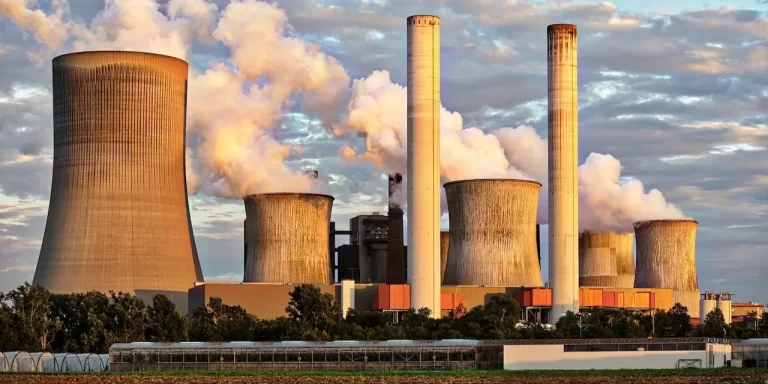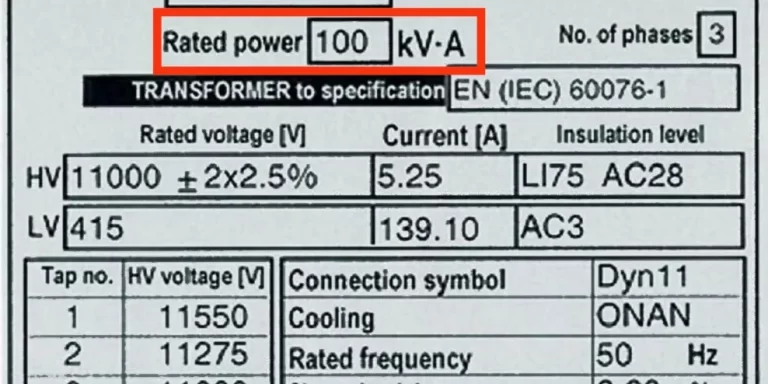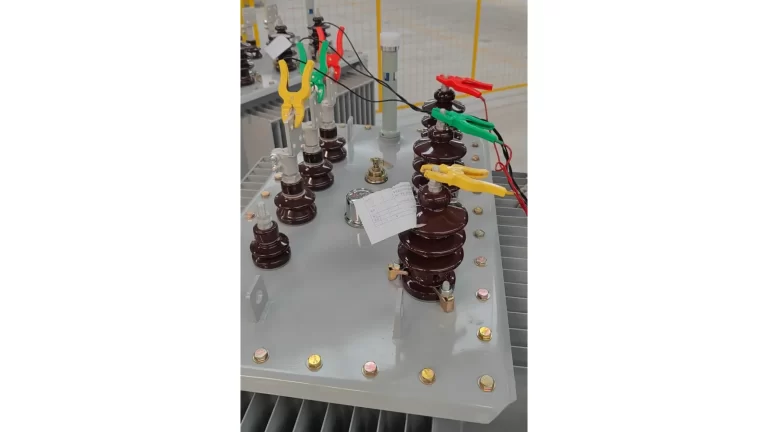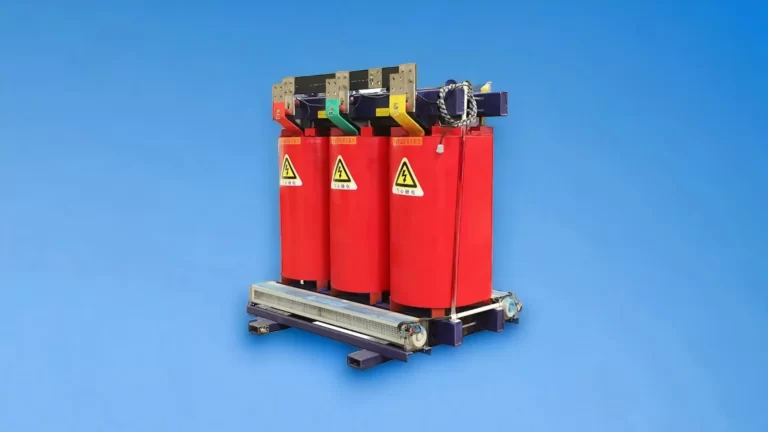Power transformers are an essential component of electrical power systems. They play a crucial role in transmitting and distributing electricity efficiently and safely. But what exactly are power transformers and how do they work? In this blog post, we will explore the world of power transformers and shed light on their importance in the electrical industry.
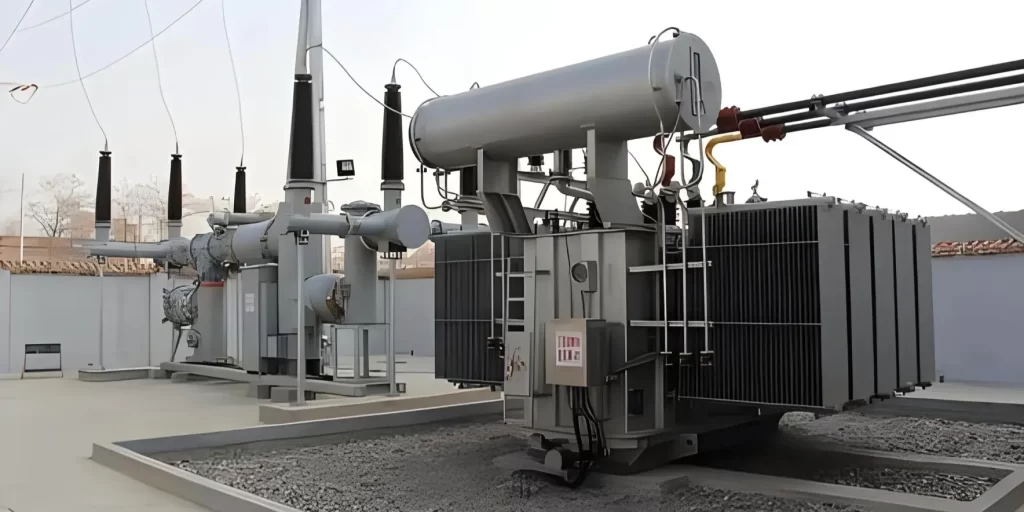
Table of Contents
What is a Power Transformer?
A power transformer is a static device that transfers electrical energy between two or more circuits through electromagnetic induction. It consists of two or more coils of wire, known as windings, which are wound around a core made of laminated iron. The windings are electrically insulated from each other and are designed to have different numbers of turns to achieve the desired voltage transformation.
How Do Power Transformers Work?
Power transformers work on the principle of electromagnetic induction. When an alternating current (AC) flows through the primary winding, it creates a magnetic field in the core. This magnetic field induces a voltage in the secondary winding, allowing the transfer of electrical energy from the primary circuit to the secondary circuit.
The ratio of the number of turns in the primary winding to the number of turns in the secondary winding determines the voltage transformation ratio. For example, if the primary winding has 100 turns and the secondary winding has 10 turns, the transformer will step down the voltage by a factor of 10.
Why Are Power Transformers Important?
Power transformers are vital for the efficient transmission and distribution of electrical energy. They allow electricity to be generated at high voltages, which reduces transmission losses over long distances. These high-voltage power transformers are commonly found in power plants and substations.
At substations, power transformers step down the voltage to a level suitable for distribution to homes, businesses, and industries. This ensures that electricity reaches consumers at the right voltage for their needs. Without power transformers, it would be impractical and inefficient to transmit electricity over long distances.
Conclusion
Power transformers are a critical component of electrical power systems. They enable the efficient transmission and distribution of electricity, ensuring that it reaches consumers at the right voltage. Understanding the role and function of power transformers is essential for anyone interested in the electrical industry. Whether you’re an engineer, a technician, or simply curious about how electricity is delivered to your home, power transformers are an integral part of the process.
Next time you turn on a light or plug in an appliance, take a moment to appreciate the power transformers silently working behind the scenes to bring electricity to your fingertips.
Reference: Transformer – Wikipedia


